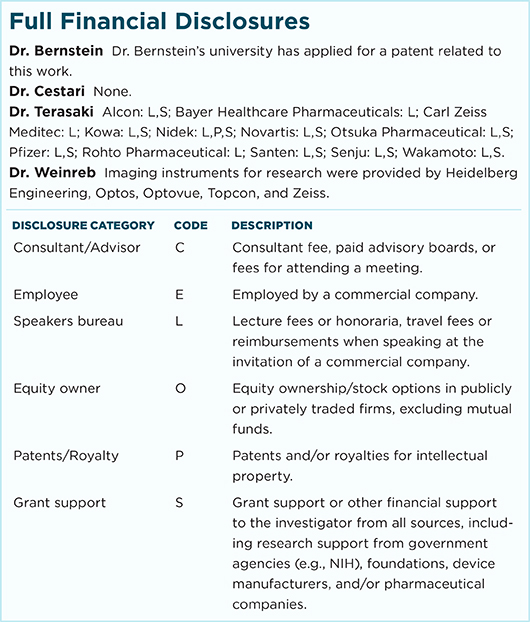Download PDF
The optic nerve in a full-term infant grows rapidly in the first 3 years of life, achieving 86% of its total adult length, and then gradually elongating further until age 15, an unprecedented in vivo study has found.1
A surprising information gap. Researchers at the University of Maryland uncovered these findings while pursuing their primary objective—trying to identify molecules active during development that eventually might be used to repair damage in the mature optic nerve, said coauthor Steven L. Bernstein, MD, PhD.
“But when we were trying to understand the mechanisms of optic nerve growth, we were unable to find any original studies describing the pattern of optic nerve lengthening either in living individuals or in normal postmortem specimens. No prior studies had evaluated the growth of the normal living infant optic nerve,” said Dr. Bernstein, professor and vice chair of research in the university’s Department of Ophthalmology and Visual Sciences, Anatomy and Neurobiology.
MRI to the rescue. To begin filling this information gap, the researchers analyzed magnetic resonance imaging (MRI) scans from 12 normal full-term newborns enrolled in the federally funded Infant Brain Imaging Study (IBIS).2 This showed that the newborns’ optic nerves had a mean length of 25.3 ± 0.3 mm.
Subsequent IBIS scans of those infants at 1 year of age, plus brain images from other individuals scanned for unrelated reasons at ages 3, 5, 10, 15, and 20 years of age, showed the optic nerve lengthening rapidly until about age 3. The axons then elongated much more slowly through age 10, followed by a final, accelerated growth spurt that abated at age 15, the researchers reported.
“The study itself will help pediatric ophthalmologists understand when the [optic] nerve is most sensitive to damage from radiation or chemotherapy,” Dr. Bernstein said. “But it is also very useful in basic labs—which is what we’re using it for—to evaluate when the nerve would be most likely to have advanced regenerative capacity, in order for us to examine those processes.”
—Linda Roach
___________________________
1 Bernstein SL et al. Eye (Lond). 2016;30(10):1378-1380.
2 NIH Autism Center of Excellence. Infant Brain Imaging Study. Accessed Oct. 25, 2016.
___________________________
Relevant financial disclosures—Dr. Bernstein: His university has applied for a patent related to this work.
For full disclosures and disclosure key, see below.

More from this month’s News in Review